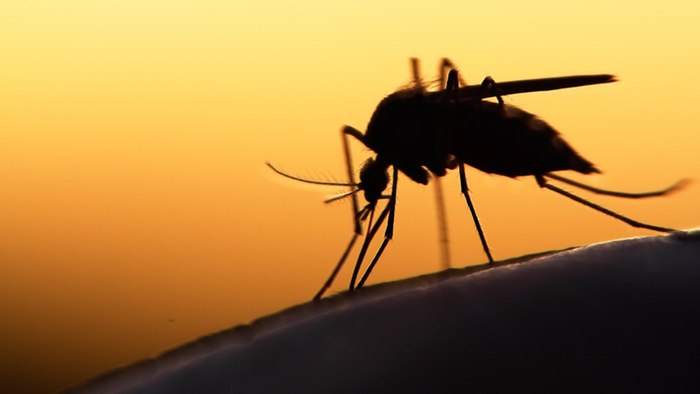
By bringing together two research teams with different areas of expertise, the researchers were able to make three modifications to the Anopheles stephensi mosquito, a species that spreads malaria widely throughout urban India. Theoretically, the technique could render large regions free from malaria-spreading mosquitos in a single season.
First, the researchers implanted genes that release antibodies against the malarial parasite that usually finds a welcome host in the mosquito. Mosquitoes that carry the altered genes are then rendered immune to the parasite, which means they can't pass it on to humans.
Next, the researchers created a set of genetic modifications known as a "gene drive." This meant that when a genetically modified mosquito mated with a wild mosquito, the gene drive would copy and paste both itself and the malaria-resistant genes into the inheritable chromosomes of the wild mosquito.
This enabled the resistant genes to spread through the mosquito population much more quickly, because having both parents (instead of just one) carry the gene for immunity almost doubled the chance of passing it on to their offspring.
Just in case all this isn't sci-fi enough for you, the team also inserted a protein that gave the offspring of modified mosquitos (wait for it….) eyes that glow red under fluorescent lights. The use of fluorescent proteins is commonly used in genetic engineering research, with the researchers saying it made the genetically modified mosquitoes easier to identify.
The two teams came together after biologists Valentino Gantz and Ethan Bier of the University of California, San Diego, announced that they had implanted a gene drive into the Drosophilia fruit fly that was successfully inherited by 95 percent of the fruit fly's offspring.
Given that molecular biologist Anthony James from the University of California, Irvine, had recently engineered mosquitos that were immune to malaria, it made sense for the two teams to work together to see if they could make the immunity inheritable.
The results of their collaboration, so far, are impressive, with. 99.5 percent of the offspring of the modified mosquitos successfully inheriting the mutation.
The researchers have stressed that further research is needed before they can even think about conducting field trials. And they don't suggest that their technique alone would eradicate malaria. However, along with existing preventative strategies, it could play a major role in helping make malaria eradication more sustainable.
It's certainly quite a different approach to the idea of dramatically reducing or eliminating malaria-spreading mosquito species, which is open to problems such as creating a "hole" in the eco-system, allowing new malaria-infected mosquito species to simply migrate into those areas.
"In contrast, our much more flexible system only prevents mosquitoes from carrying malaria but can be used to do no harm to the mosquito. So it should generate the least amount of ecological damage," Bier said.
According to the latest UN World Heath Organization estimates, released in September 2015, there were 214 million cases of malaria in 2015 resulting in 438 000 deaths.

 Previous page
Previous page Back to top
Back to top







